
In our digital age, we spend over six hours a day on screens. This changes how we communicate, with AI leading the charge. Curious about how AI is changing our personal and work interactions? It's more than just a tool; it's reshaping how we communicate. Think about a future where every message fits perfectly, customer support feels personal, and insights turn into real strategies. We'll look at how AI impacts content creation, helps predict what audiences want, and even the ethical questions it raises. Let's explore how AI is not just shaping but redefining how we communicate.
Summary: Dieser Artikel beschreibt den Einfluss von KI auf die Kommunikation, einschließlich ihrer Rolle in der Inhaltserstellung, personalisierten Zielgruppenansprache und Kundeninteraktion. Es werden auch ethische Strategien und zukünftige Fähigkeiten für Kommunikationsprofis behandelt.
AI's Impact on Communication: An Overview
The Role of AI in Modern Communication
AI has revolutionized the way we communicate, making interactions more personalized and enhancing collaboration. Thanks to Natural Language Processing (NLP), machines now have a better grasp of human language. This advancement enables AI chatbots like ChatGPT to manage customer service by providing quick, 24/7 responses, thereby increasing user satisfaction.
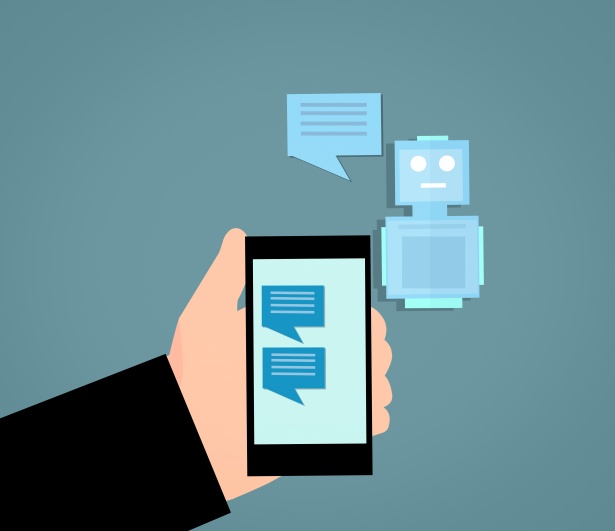
Moreover, AI analyzes vast amounts of data to customize our experiences on platforms like Netflix and Spotify. It also transcends language barriers with precise translations, facilitating cross-cultural connections. Tools such as Google Translate allow seamless communication among speakers of different languages.
In essence, AI enhances communication efficiency and fosters global connectivity, bridging language gaps and bringing people together regardless of their native tongue.
AI in Content Creation and Enhancement
Automated Content Generation with AI
By 2025, AI will play a significant role in content creation, revolutionizing the way we produce written material. It's increasingly handling tasks such as writing ad copy, blogs, and social media posts, thereby saving considerable time and effort. Tools like GPT-3 and GPT-4, alongside platforms like Jasper and Copy.ai, are creating content that often reads as if a human crafted it. This advancement enables businesses to produce more content consistently.
AI serves as a creative partner, providing fresh ideas and perspectives, which can be invaluable when facing creative blocks. Additionally, it manages mundane tasks like crafting post captions and tracking trends, potentially saving creators up to half their time. Moreover, AI accelerates research by sifting through vast amounts of data to extract insights, allowing writers to delve deeper into their content.
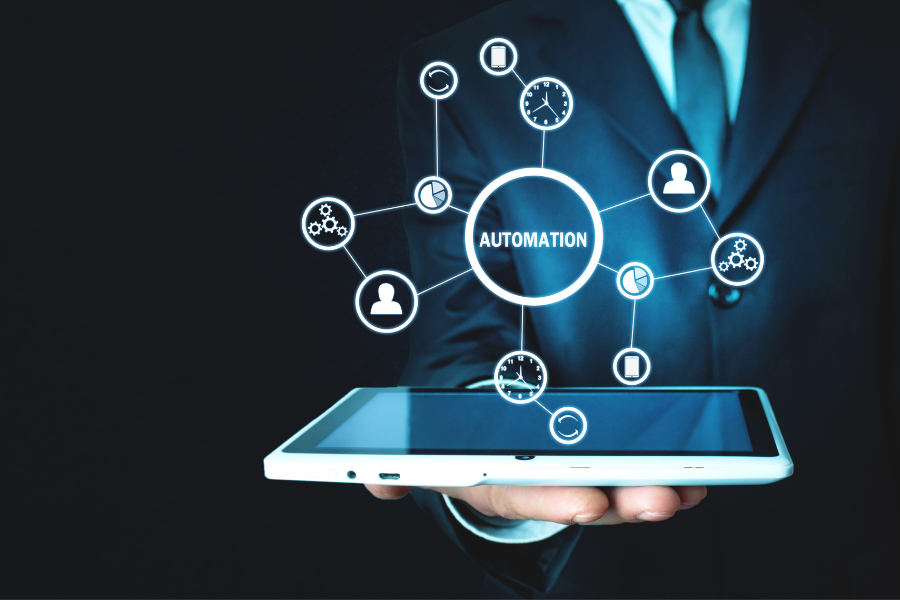
Content agencies are leveraging AI tools such as ChatGPT and Grammarly to develop outlines, enhance SEO, and draft emails, streamlining processes and increasing efficiency.
Enhancing Content with AI Tools
AI-powered text editors enhance content by suggesting improvements in grammar, style, tone, and structure, thereby boosting both productivity and quality. Tools like Grammarly refine grammar and style without compromising the writer's unique voice. Notably, AI Composer tools have led to a 5% increase in engagement for AI-generated content posts.
AI also plays a crucial role in tailoring and optimizing posting strategies for specific audiences. Despite AI's efficiency, human skills remain essential for storytelling and maintaining a brand's authentic voice. The optimal approach involves using AI for ideation and data analysis while relying on human creativity to ensure originality.

AI-driven analytics empower creators to adjust and enhance strategies based on performance metrics, leading to continuous improvement and success.
AI-Driven Predictive Insights in Communication
AI-Enhanced Data-Driven Decision Making
AI tools are revolutionizing how businesses make decisions by enabling them to efficiently analyze vast amounts of communication data. These tools identify patterns and customer preferences, providing businesses with a clearer understanding of their strategies.
Consider AI-powered transcription and translation: they break down language barriers, making it possible to interpret data from global customer interactions. This capability to consolidate complex communication data enhances comprehension and usability, allowing businesses to make more informed and inclusive decisions.
- Natural Language Processing (NLP): AI aids in understanding languages and translating texts, ensuring smooth interactions.
- Predictive AI: By utilizing machine learning and statistics, predictive AI examines past data to forecast future events. It continuously gathers data, trains models, and refines its predictions, leading to more accurate and strategic decisions.
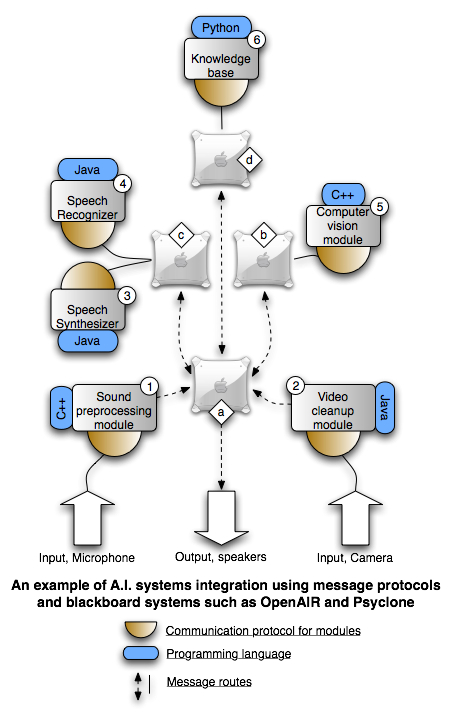
AI in Employee Engagement and Turnover Predictions
AI platforms alleviate mundane tasks, enabling employees to engage in more meaningful work, thereby boosting engagement and reducing burnout. By analyzing communication patterns and employee sentiments, AI can detect dissatisfaction and predict potential turnover.
These tools enhance communication clarity, which is particularly beneficial for diverse teams, fostering better understanding and engagement. The predictive capabilities of AI allow HR departments to address engagement issues proactively, minimizing turnover.
- Emotion Detection: AI can discern emotions in speech, offering a deeper insight into employee sentiments.
- AI-Suggested Responses: Features like smart replies accelerate communication and personalize interactions, promoting a closer and more collaborative work environment.
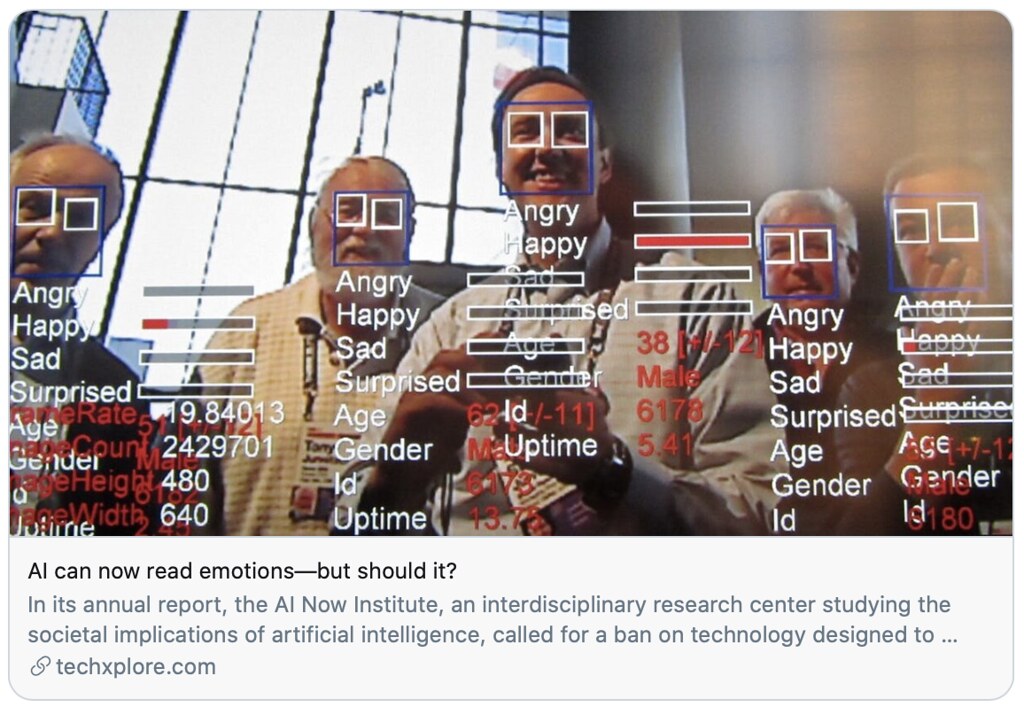
This comprehensive approach not only reduces turnover costs but also enhances productivity and morale within the organization.
AI-Powered Personalization and Targeting for Communication
AI-Driven Personalization in Communication
AI-driven personalization is revolutionizing customer interactions by enabling businesses to tailor experiences based on real-time insights into individual preferences and behaviors. This technology empowers marketers to deliver content, offers, and suggestions that resonate personally with each customer.
-
Programmatic Advertising: AI-powered programmatic advertising automates ad buying and placement, ensuring ads align with the user's current interests.
-
AI Chatbots and Virtual Assistants: These tools provide personalized support by swiftly addressing queries and resolving issues, enhancing customer satisfaction while allowing human agents to focus on more complex tasks.
-
Dynamic Ad Content: AI dynamically adjusts ad content to align with viewer preferences, increasing engagement and the success of marketing campaigns. For example, Starbucks utilizes AI to modify digital menu boards at drive-thrus, displaying offers like hot coffee during cold weather.

Advanced AI Techniques for Audience Segmentation
AI is transforming audience segmentation by evolving from static, manual groupings to dynamic, real-time clusters based on behavior, demographics, and context. This evolution enhances targeting precision and relevance.
-
Machine Learning in Audience Segmentation: Machine learning identifies subtle patterns, categorizing users by interests, purchasing intentions, and online behaviors, thereby creating effective segments.
-
AI-Developed Lookalike Audiences: AI develops lookalike audiences by identifying potential customers who resemble existing high-value users, smartly expanding reach.
-
Predictive Modeling for Targeting: This technique assesses which segments are most likely to convert or engage, optimizing resource allocation and campaign planning.

As data and audiences continue to expand, AI-powered segmentation consistently refines groups while maintaining the precision necessary for effective targeting.
AI Communication in Customer Support
It seems like there might have been a misunderstanding. Could you please provide the blog post content that you would like me to enhance?
AI Integration in Multichannel Communication
Optimizing AI for Cross-Channel Communication
Leveraging AI in communication channels such as email, mobile apps, chat, and intranet portals enhances employee onboarding and engagement by reaching them on their preferred platforms. AI-powered multichannel communication helps prevent message overload and ensures visibility, especially for remote or mobile workers. It delivers the right messages at the right time through the appropriate channel.
AI agents simplify maintaining consistent communication across calls, emails, chats, and social media by automating personalized responses. This approach meets customers where they are, thereby enhancing reach and satisfaction. Additionally, AI consolidates all communication into a single platform, eliminating the need to switch between apps, which streamlines workflows and increases efficiency.
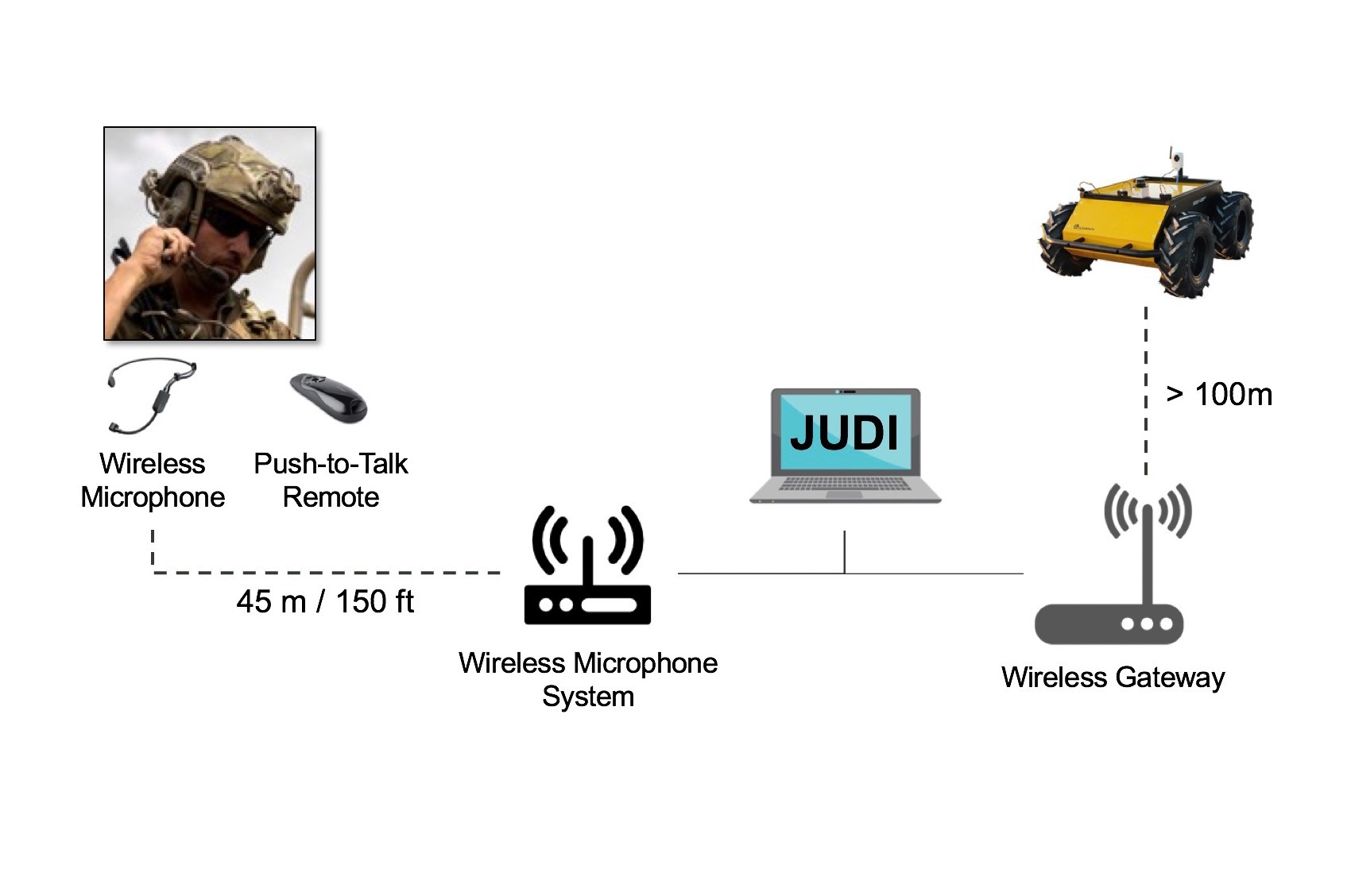
Moreover, AI assists in prioritizing communication by identifying urgent requests and critical tasks, enabling swift responses to improve both response times and productivity.
AI-Powered CRM and Real-Time Conversation Transcription
AI assistants can seamlessly integrate with channels like SMS, WhatsApp, voice calls, and web chat, facilitating smooth conversations and enhanced customer engagement. When connected to CRM systems, AI can instantly access customer data, allowing for personalized interactions and seamless transitions to live agents when required, thus elevating the quality of customer service.
Real-time transcription by AI ensures accurate capture of conversations across various channels, aiding in better tracking, analysis, and faster resolutions. AI-driven automation in CRM and communication workflows reduces manual tasks such as scheduling and follow-ups, enabling teams to focus on strategic initiatives while maintaining consistent communication.
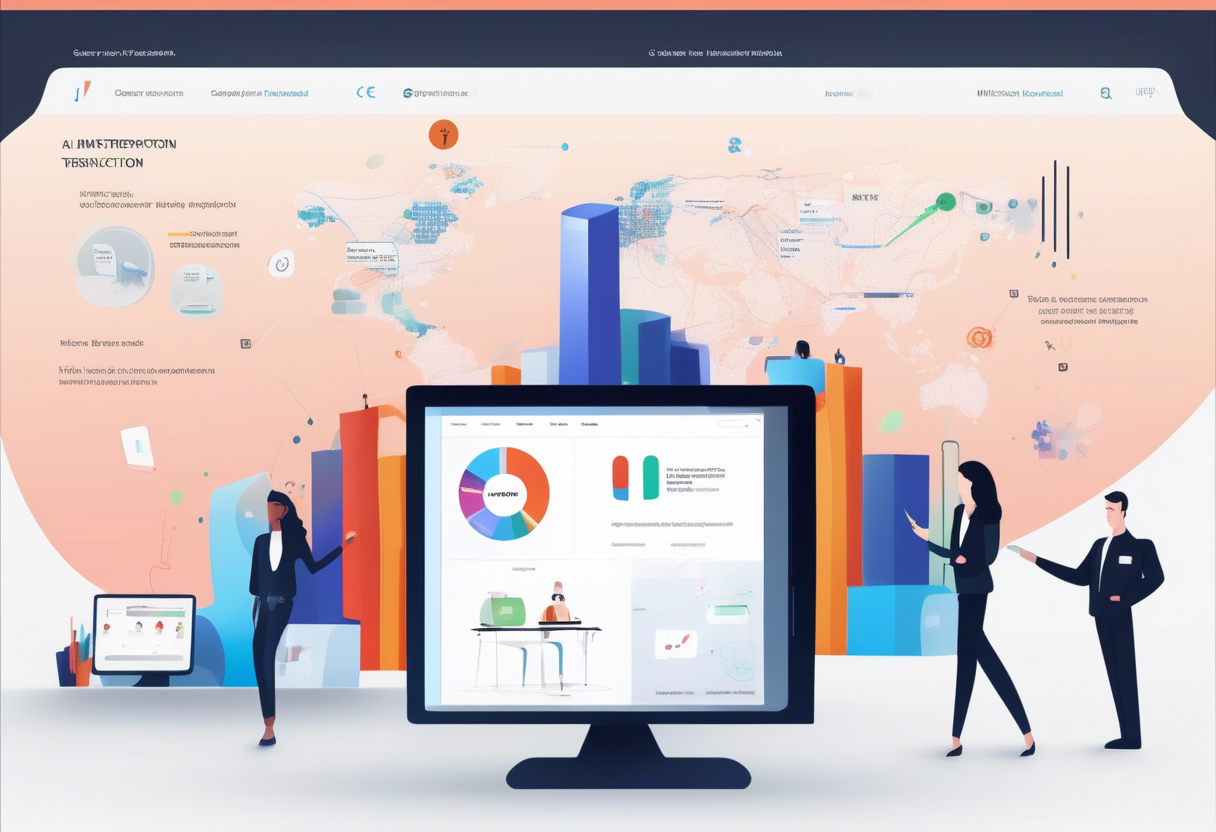
For further reading, check out these resources: AI communication, multichannel communication platform, and AI assistants integration.
Ethical and Human-Centric AI Communication Strategies
Balancing Automation with Human Empathy in AI Communication
Finding the right mix between automation and human touch is key in AI communication. While AI can efficiently handle routine tasks and streamline processes, it should never replace moments that require a human touch, particularly in sensitive situations.
AI must recognize when to step back so that a real person can engage, maintaining personal connections. Human oversight is essential; professionals should always review and refine AI-generated content to ensure it remains genuine and heartfelt.

Although AI offers efficiency, it is the sincere, thoughtful messages crafted by humans that truly resonate, evoke emotions, and inspire action. This underscores the critical importance of the human element in communication.
Ensuring Transparency and Trust in AI Communication
Openness about AI usage is crucial for building trust. Companies should clearly communicate when and how AI assists in content creation or messaging. This transparency alleviates concerns and maintains authenticity.
Establishing clear guidelines for AI usage—emphasizing transparency, accuracy, and data security—supports responsible communication. Governance structures, such as review boards or ethics committees, play a role in ensuring ethical and responsible AI use.
Engaging stakeholders, including consumers, policymakers, and advocacy groups, in shaping AI practices enhances trust and ethical standards. For example, a company might disclose on its website that AI tools aid in content creation and detail measures taken to protect data privacy and accuracy.
Future Skills for AI Communication Professionals
AI-Driven Skill Sets for Communication Experts
As corporate communications rapidly evolve, embracing AI and developing new skills is essential for professionals. By 2025, you'll need to blend digital proficiency with emotional intelligence to navigate this AI landscape effectively. Key competencies will include:
- Generative AI
- Crisis management
- Communication with leaders and employees

Additionally, a strong grasp of data will position you as a standout in the industry. AI tools will empower you to tailor content for diverse audiences, enhance customer guidance, and streamline trend identification and content optimization. Picture yourself as a communication expert in 2025, leveraging AI skills and emotional intelligence to craft genuine, personalized messages while adeptly managing crises.
Analyzing AI-Generated Insights for Communication
AI platforms are revolutionizing storytelling by simplifying the creation of compelling presentations without the need for designers or agencies. While AI excels at routine and data-intensive tasks, human intervention remains crucial to ensure stories are authentic, unbiased, and aligned with brand values. Effective communication, particularly during challenging times, relies on:
- Digital tools
- Employee support
- Personal touches

Moreover, it requires clear strategies and rapid, fact-based decision-making. A communications team might utilize AI to gather audience insights and draft messages, subsequently refining them with human insight to ensure authenticity and alignment with company values during a crisis.
For more details, check out the state of AI in business communications and future communication trends.
FAQ Section
How Can AI Communication Enhance Customer Service?
AI is transforming customer service by making interactions more personal and efficient. Through real-time data analysis, AI enhances customer engagement and conversion rates. For instance, sentiment analysis helps companies gauge customer satisfaction, allowing them to address issues proactively.

Chatbots and natural language processing (NLP) tools manage routine inquiries, freeing human agents to handle more complex problems. A prime example is Amazon, which uses AI to personalize customer interactions and streamline operations, thereby improving service speed and effectiveness. For more insights on AI's role in communication, visit New Horizons.
Benefits of AI Communication in Predicting Employee Turnover
AI plays a crucial role in predicting employee turnover by analyzing behavior, preferences, and engagement levels to identify risks early. This proactive approach enables companies to address potential issues before they lead to resignations.

Moreover, AI enhances internal communication through personalized messages that motivate employees by supporting their autonomy, mastery, and purpose. AI-powered tools can automate reminders and deliver custom updates, boosting engagement and reducing turnover risks. For further exploration of AI's impact on communication and motivation, visit Cerkl.
Improving Internal Communication Efficiency with AI
AI tools streamline internal communication by automating tasks such as scheduling, follow-ups, and meeting notes, reducing time wasted on task-switching. These tools also analyze communication patterns and sentiments to provide insights that enhance messaging and teamwork.
By tailoring message timing and content based on engagement data, AI helps cut through the noise, ensuring messages remain relevant. Companies utilize AI to schedule meetings, transcribe them in real-time, and analyze sentiments in messages, thereby boosting collaboration and decision-making. To learn more about AI communication tools, check out Meltwater.
AI enhances communication by automating tasks, personalizing interactions, and providing insights that improve customer service, employee engagement, and teamwork. However, it is crucial to use AI wisely, balancing its capabilities with human empathy and transparency to maintain trust and effectiveness.